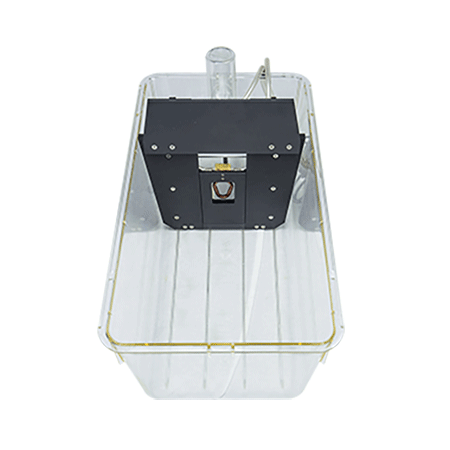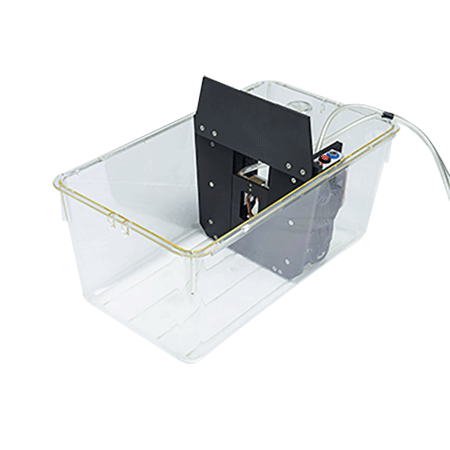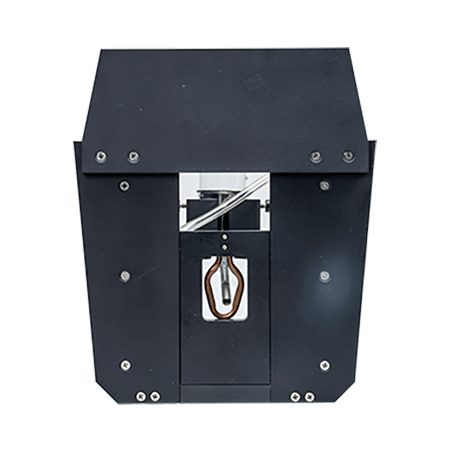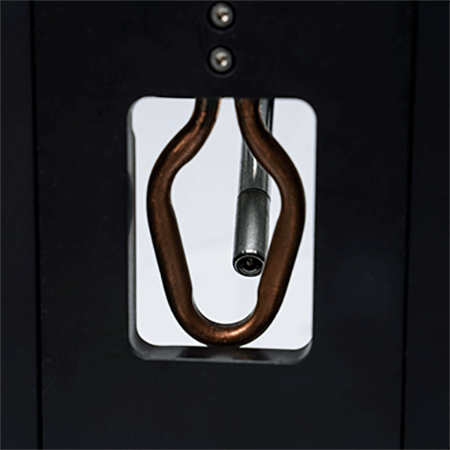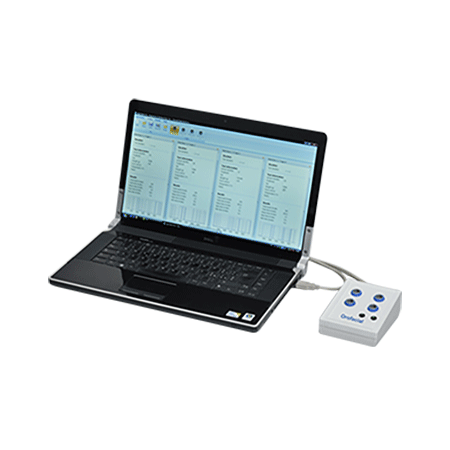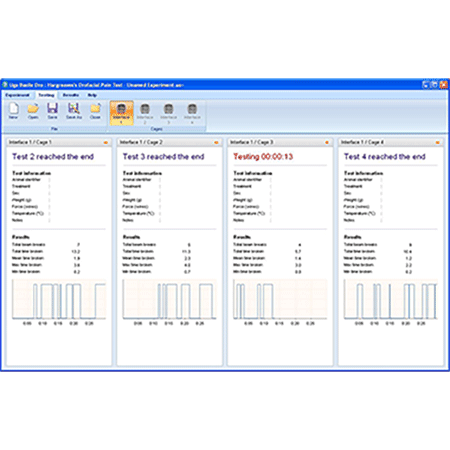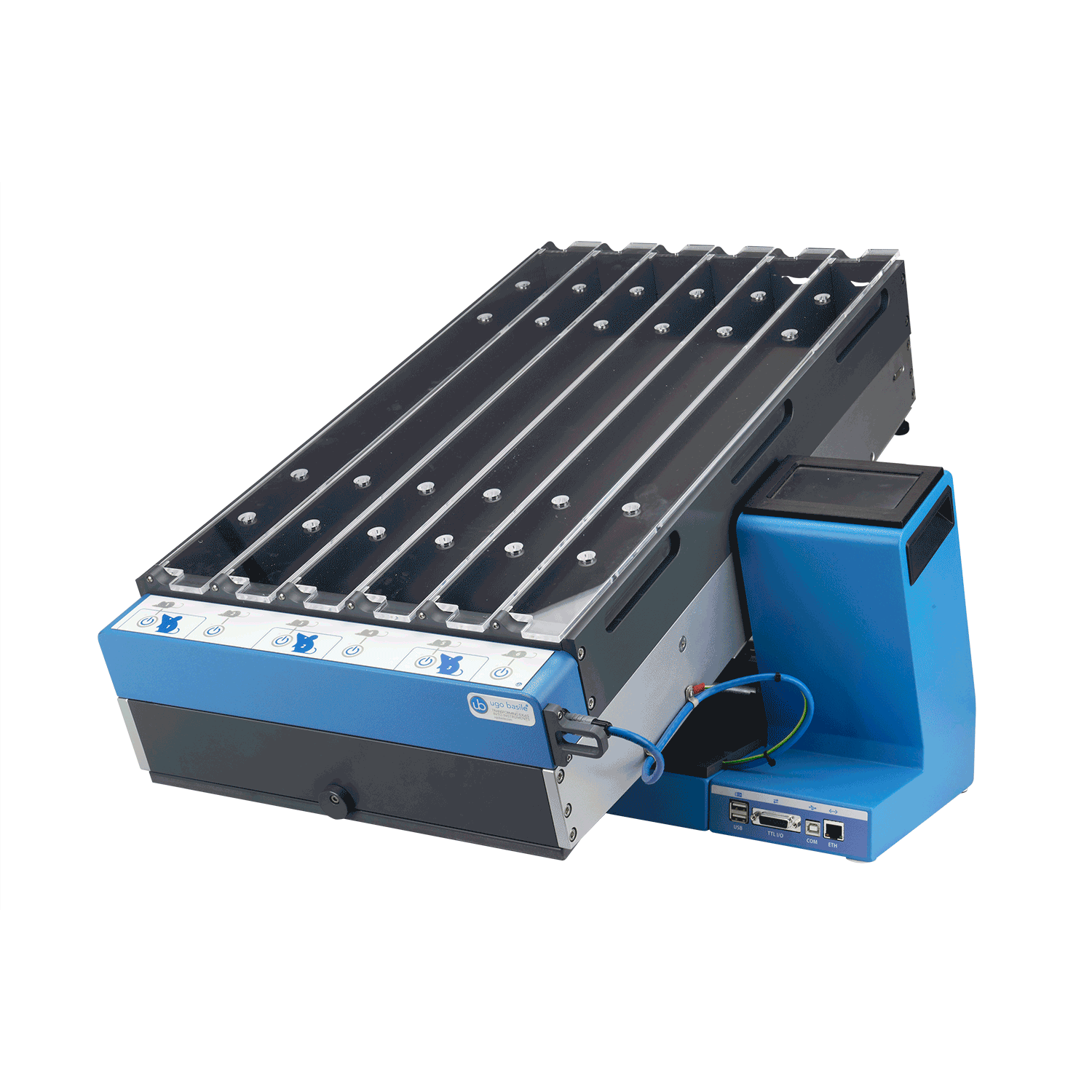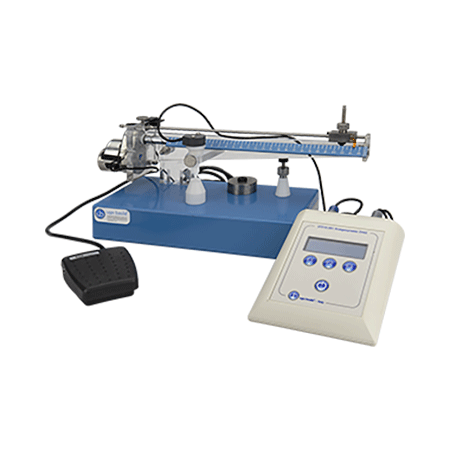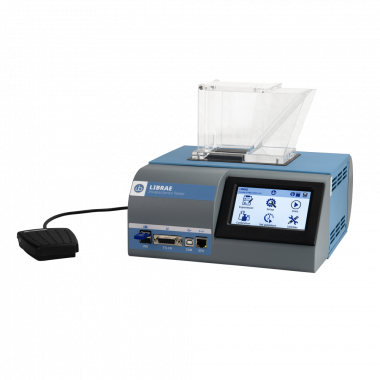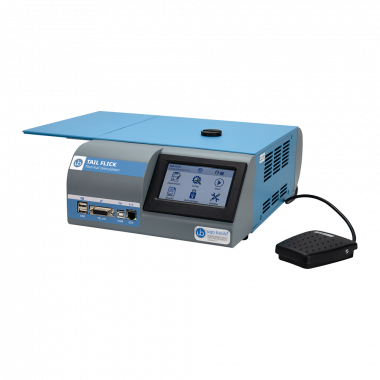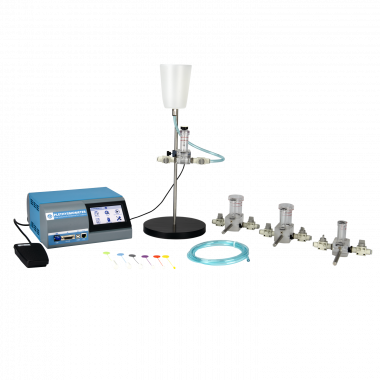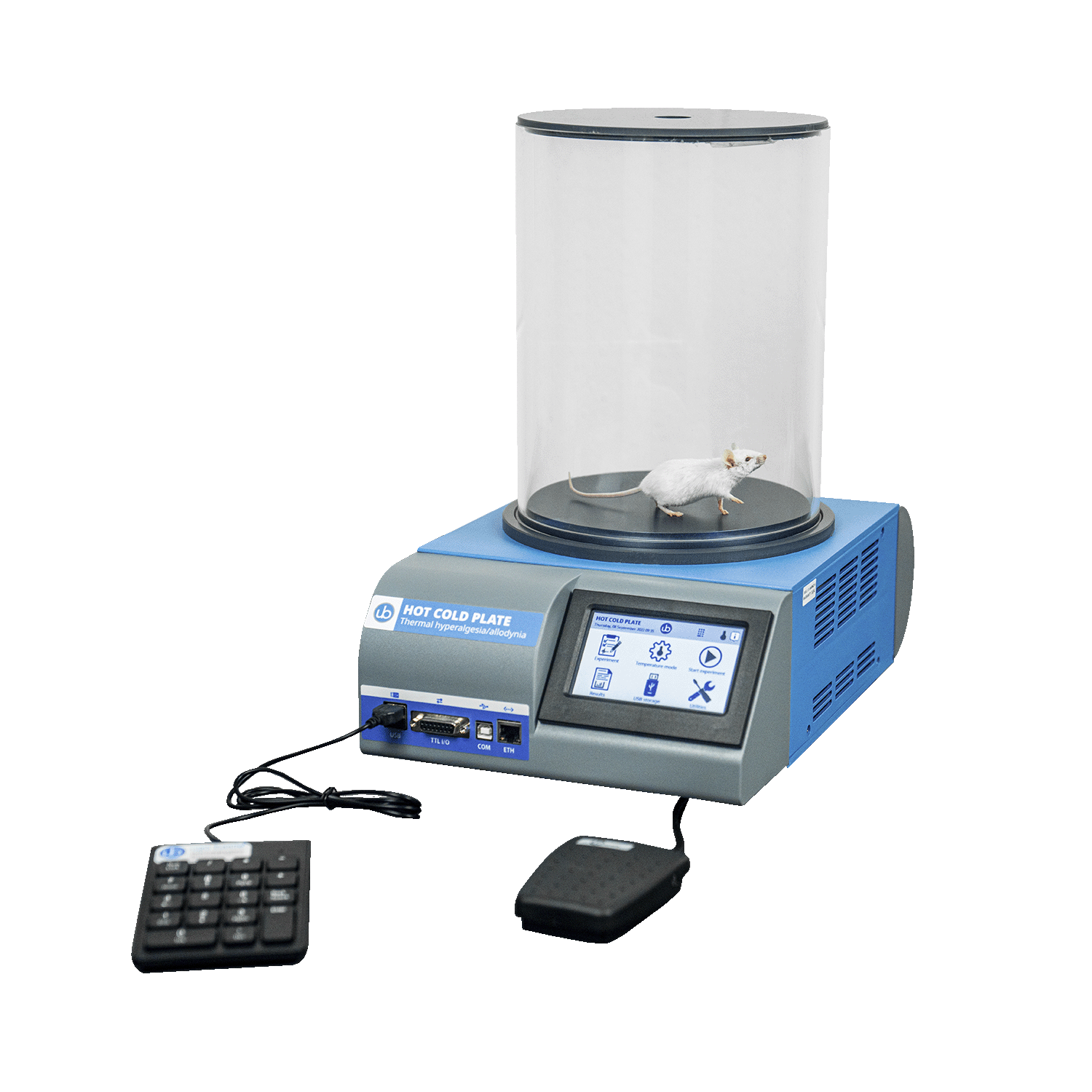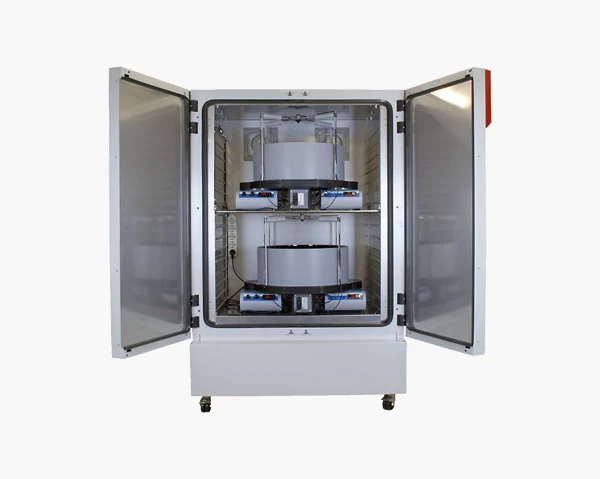| 31300 Orofacial Orofacial Stimulation Test, Complete System for one anima |
|---|
| 31300-001 |
Electronic unit (four channels) |
|
31300-002
|
Additional cage assembly (includes thermal and mechanical stimulators and feeding detector) |
| 31300-003 |
Heating/Circulating Bath for Thermal Orofacial Stimulation Test, complete with dedicated connections for Orofacial systems
Temperature range is from ambient up to 150°C
|
| 31300-103 |
Heating/Cooling and Circulating Bath for Thermal Orofacial Stimulation Test, complete with dedicated connections for Orofacial systems
Temperature range is from -20 up to 150°C
|
| 31300-010 |
ORO-Software, for data acquisition and analysis from up to 16 cages |
| E-AU 101 |
USB Memory Stick, including Instruction Manual |
|
31320 Orofacial Stimulation Test, Complete System for two animals
|
|---|
| 31300-001 |
Electronic unit (four channels) |
|
31300-002
|
Additional cage assembly (includes thermal and mechanical stimulators and feeding detector) |
| 31300-003 |
Heating/Circulating Bath for Thermal Orofacial Stimulation Test, complete with dedicated connections for Orofacial systems
Temperature range is from ambient up to 150°C
|
| 31300-103 |
Heating/Cooling and Circulating Bath for Thermal Orofacial Stimulation Test, complete with dedicated connections for Orofacial systems
Temperature range is from -20 up to 150°C
|
| 31300-010 |
ORO-Software, for data acquisition and analysis from up to 16 cages |
| 31300-320 |
Water Distributor (for 2 and 4-cage systems only) |
| E-AU 101 |
USB Memory Stick, including Instruction Manual |
|
31340 Orofacial Stimulation Test, Complete System for four animals
|
|---|
| 31300-001 |
Electronic unit (four channels) |
|
31300-002
|
Additional cage assembly (includes thermal and mechanical stimulators and feeding detector) |
| 31300-003 |
Heating/Circulating Bath for Thermal Orofacial Stimulation Test, complete with dedicated connections for Orofacial systems
Temperature range is from ambient up to 150°C
|
| 31300-103 |
Heating/Cooling and Circulating Bath for Thermal Orofacial Stimulation Test, complete with dedicated connections for Orofacial systems
Temperature range is from -20 up to 150°C
|
| 31300-010 |
ORO-Software, for data acquisition and analysis from up to 16 cages |
| 31300-320 |
Water Distributor (for 2 and 4-cage systems only) |
| E-AU 101 |
USB Memory Stick, including Instruction Manual |
|
Optional
|
|---|
| 31300-323 |
Kit of Mouse adaptors for thermal and mechanical stimulation (for 1 cage) |


